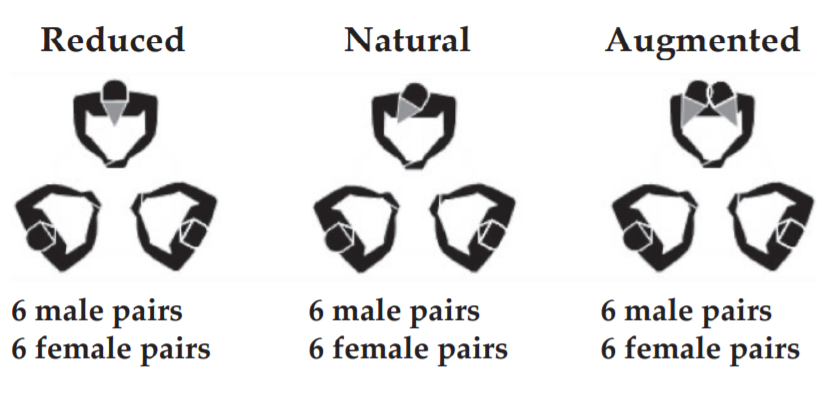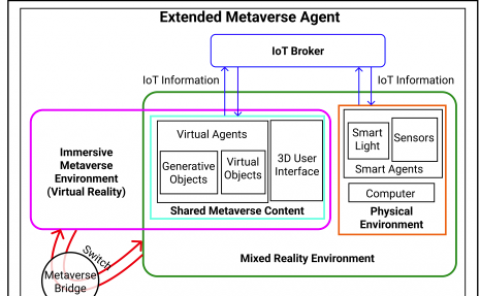Transformed social interaction, augmented gaze, and social influence in immersive virtual environments
PubDate: May 2005
Teams: Stanford University;University of California-Santa Barbara
Writers: Bailenson, J.N., Beall., A.C., Blascovich, J., Loomis, J., & Turk, M.

Abstract
Immersive collaborative virtual environments (CVEs) are simulations in which geographically separated individuals interact in a shared, three-dimensional, digital space using immersive virtual environment technology. Unlike videoconference technology, which transmits direct video streams, immersive CVEs accurately track movements of interactants and render them nearly simultaneously (i.e., in real time) onto avatars, three-dimensional digital representations of the interactants. Nonverbal behaviors of interactants can be rendered veridically or transformed strategically (i.e., rendered nonveridically). This research examined augmented gaze, a transformation in which a given interactant’s actual head movements are transformed by an algorithm that renders his or her gaze directly at multiple interactants simultaneously, such that each of the others perceives that the transformed interactant is gazing only at him or her. In the current study, a presenter read a persuasive passage to two listeners under various transformed gaze conditions, including augmented gaze. Results showed that women agreed with a persuasive message more during augmented gaze than other gaze conditions. Men recalled more verbal information from the passage than women. Implications for theories of social interaction and computer-mediated communication are discussed.


